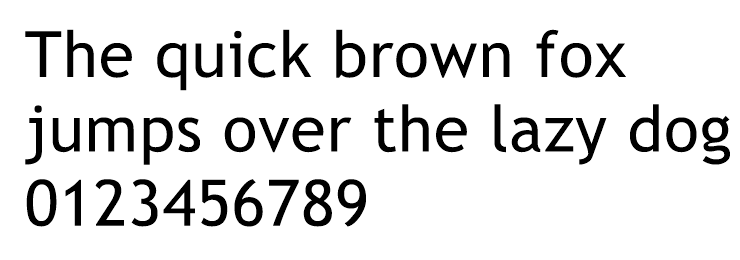


There are some ground rules one can find, like:.

non-serif fonts seem to be controversial. Readability however concerns the optimum arrangement and layout of whole bodies of text” “Legibility is concerned with the very fine details of typeface design, and in an operational context this usually means the ability to recognize individual letters or words. Legibility refers to being able to read a text in bad conditions.For headlines, he suggests using larger bold Verdana. He also came to the conclusion that the sans-serif fonts are more suited to the computer screen.Some of the highlights of the test results were that at 12 points, respondents showed a preference for Arial over Verdana – 53% to 43% (with 4% not being able to distinguish between the two).Two-thirds of respondents found that Verdana at 12 points was too large for body text, but Verdana at 10 points was voted more readable than Arial at 10 points by a 2 to 1 margin.In conclusion, for the best font readability, use Arial 12 point or Verdana at 10 points and 9 points for body text.
#Trebuchet webfont series#
Wilson, an e-commerce consultant, did a series of tests in 2001. If you’re after a formal look, use the font “Georgia.” And for older readers, use at least a 14-point font. If you’re going smaller than 12 points, Verdana at 10 points is your best choice.
#Trebuchet webfont software#
2002 study by the Software Usability and Research Laboratory:.Best fonts for online: go with sans-serif.It’s been said that serif fonts are for “readability,” while sans-serif fonts are for “legibility.”.Some popular San Serif fonts are Helvetica, Arial, Calibri, Century Gothic and Verdana.Popular serif fonts are Times New Roman, Palatino, Georgia, Courier, Bookman and Garamond.


 0 kommentar(er)
0 kommentar(er)
